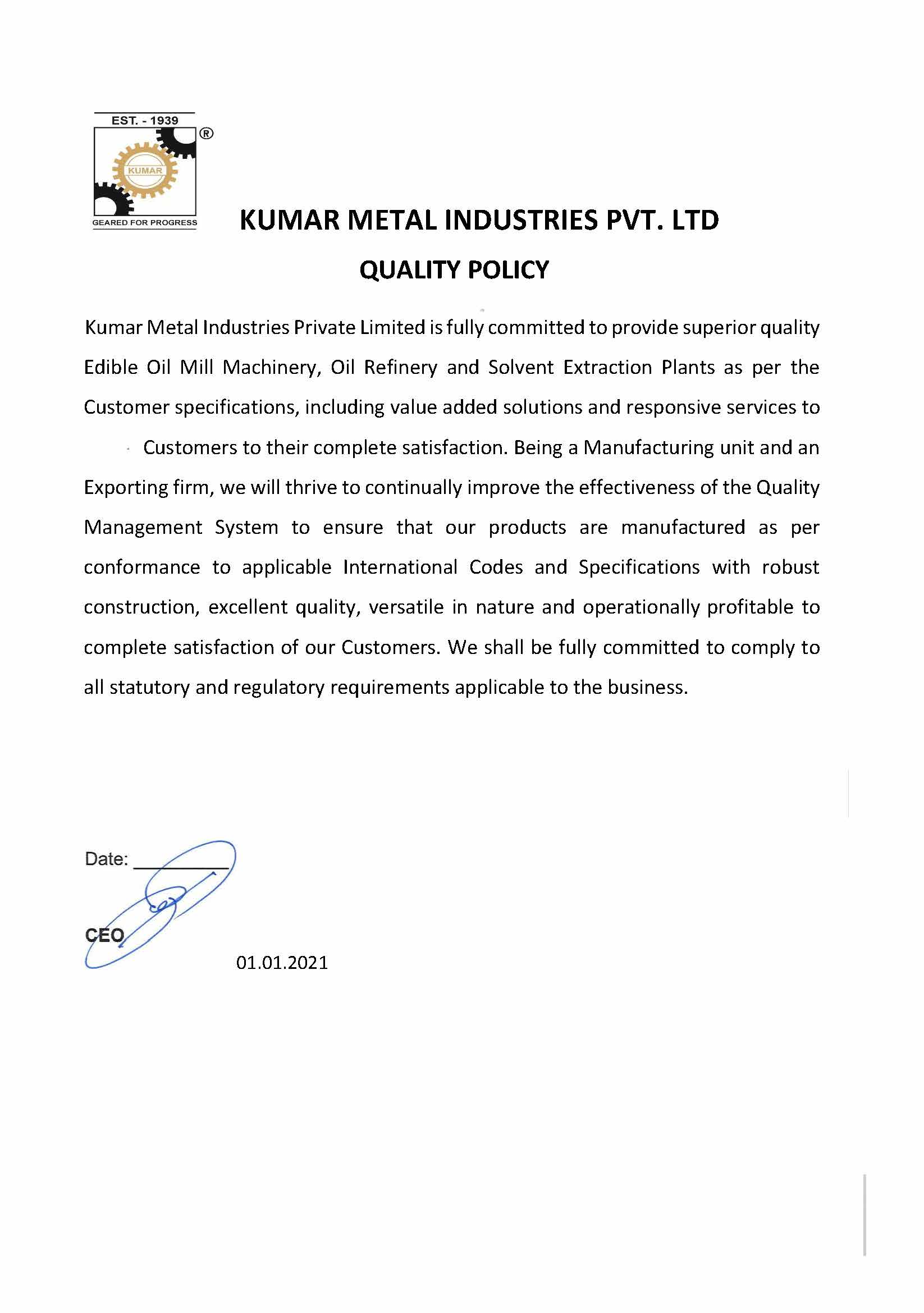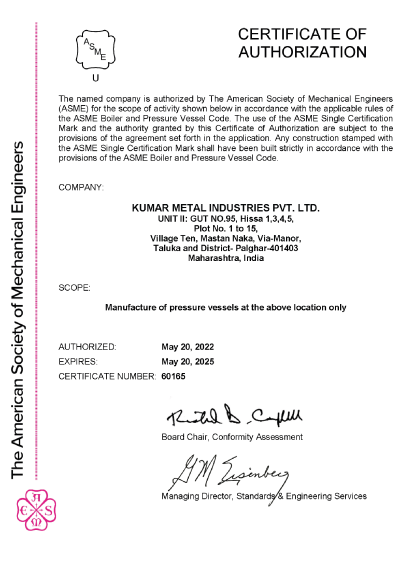Degumming

Degumming is used to remove gums from oil. Phosphatides present in vegetable oil get precipitated when they come in contact with water with precipitated gums getting deposited in the vessel. Oil refined at high temperatures foams when phosphatides are present. Lastly the presence of a high quantity of gums during bleaching chokes the filter leaves.
Although all phosphatides are water soluble, the rate of hydration differs based on the structure of different phosphatides. Phosphatides are classified into two categories based on the rate of hydration - hydratable and non hydratable phosphatides.
Degumming methods differ based on the type of oil and the phosphatides present. Hydratable phosphatides are removed via water degumming. However non hydratable phosphatides require conditioning to make them hydratable.
Water degumming is used for oils having enormous quantities of hydratable gums. Warm water is added into oil into the mixer and sufficient retention is provided for maximum gums precipitation. Precipitated gums are separated from the oil by a centrifugation method. Further wet gums obtained from water degumming is converted into value added byproduct i.e. commercial lecithin by drying.
Application: Water degumming is used for separating phosphatides from vegetable oils like soybean, sunflower, groundnut and canola.
Processing oils at low temperatures while retaining sufficient output quality has been a long-time challenge for the oil and fats industry. Enzymes are quite specific in their target selection and react only with phosphatides, reducing emulsification properties of phosphatides while creating easily separable fractions. Enzymatic degumming is similar to water degumming - oil is hydrated and treated with enzymes, which react with phosphatides and separate the phosphorous group from the lipid group forming distinct oil and water-soluble compounds. Oil and water are then separated in a centrifugal separator.
Enzymatic degumming is preferred over traditional water degumming as they eliminate the emulsifying properties of phosphatides, resulting in a reduction of oil carry-over.
Application: Enzymatic degumming is used for rice bran oil.
Acid degumming is used to remove non-hydratable gums. In acid degumming crude oil is treated and mixed with a strong degumming acid like phosphoric acid or citric acid. Hot water is mixed in, which forms a complex with phosphatides and results in the precipitation of phosphatides. The gums are then separated by a centrifugal separator, followed by alkali refining.
Application: Acid degumming is used to cold press oils like rapeseed, soybean, sunflower and cottonseed.
- Optimum Hydration time for maximum precipitation of gums
- The reaction vessel features an efficient dish and doughnut design with mechanical agitation, which saves energy and minimizes wear and tear
- A high shear mixer to mix the acid solution and oil effectively
- Increased oil yield with efficient gums separation and low oil carry-over
- Valuable feed ingredient in gums
- Reduced environmental impact from lower water consumption in the ETP, reduced energy and chemicals
- Increased profits with easier processing of feed oils and by products
The Kumar Guarantee
Our innovative engineering solutions and superior manufacturing standards help you optimise operating costs and improve efficiency. We dedicate ourselves to every project we take on to ensure a successful outcome for your company. We've delivered over 600 projects to over 500 customers in more than 65 countries. Let's us help you deliver your next one successfully.









